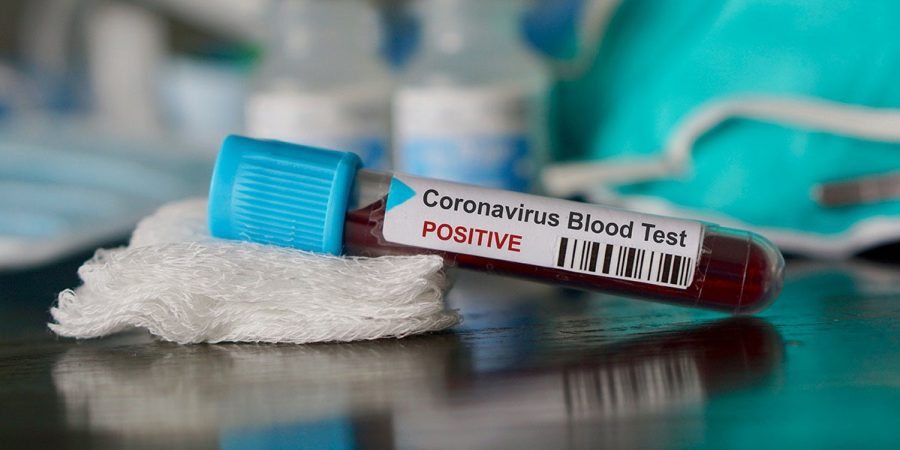A trial from UCSF, called ACTION,
looks at the potential of
Azithromycin in treating Covid-19. Study co-lead Catherine Oldenburg, Sc.D., explains its whys and hows.
The trial — called Azithromycin for Covid-19 Treatment, Investigating Outpatients Nationwide, or ACTION for short — will involve human participants, and the researchers started recruiting on May 26, 2020.
To learn more about the trial, and understand why the researchers chose to study Azithromycin, despite specialists typically advising against antibiotics in the treatment of Covid-19, Medical News Today spoke to one of the trial’s principal investigators, Catherine Oldenburg, Sc.D., an infectious disease epidemiologist.
Azithromycin is very safe; it’s prescribed all the time for all kinds of things; it’s something that people are very familiar with in a Z pack in the U.S. It seemed like a good candidate for outpatients — if it had an effect — because of its safety profile. And we decided to look at it independently of hydroxychloroquine, given concerns about [the latter’s] safety.
And, we thought, given the safety profile of Azithromycin, that this drug could be potentially valuable in treating Covid-19, and to have that kind of evidence would be really useful.
HOW TO BREATHE PROPERLY FOR BETTER HEALTH: Breathing is usually an unconscious process. However, there are some optimal ways to breathe.
This article looks at what happens inside a person’s body when they breathe. It also provides some tips and exercises for improving breathing efficiency. These are suitable for people with respiratory conditions and those without them. Breathing through the nose may make the lungs work more efficiently. Breathing, or respiration, is a complex process of air exchange that involves the following parts of the body:
The lungs: These are a pair of spongy organs that sit on either side of the chest. The lungs expand when a person breathes in and contract when they breathe out.
The diaphragm: This is a thin muscle that sits beneath the lungs and above the abdominal cavity. Its up-and-down movement helps the lungs contract and expand.
The intercostal muscles: These are muscles that run between the ribs. They assist breathing by helping the chest cavity expand and contract. The lungs, diaphragm, and intercostal muscles work together to allow a person to breathe.
To breathe in, the diaphragm contracts and moves downward. This increases the space in the chest cavity, allowing the lungs to expand and fill with air.










